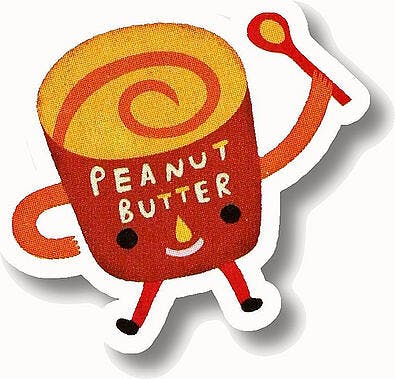Pricing too low or too high has unfortunate complications for your pricing strategy. Price optimization can help you avoid these pitfalls.
When buying a product or service, we all have one main goal: we want to get our money’s worth. This commonality amongst consumers means that when you’re selling something, your job is to find the exact price that gives your customer that sense of satisfaction. Essentially, you want your product's value to align with your customer's willingness to pay. A fairly straightforward concept, right? Well unfortunately more often than not, businesses end up aimlessly choosing a price in the dark, which results in the two largest pitfalls of pricing: underpricing and overpricing.

photo credit: Enokson
Underpricing Can Hurt Your Product’s Brand Image
Underpricing a product starts out with good intentions, but quickly turns into a tricky ordeal. For most companies, underpricing is a tactic used to either undercut the competition or to increase sales volume, in the hopes that customers will be sucked into thinking they’re getting a great deal. We touched on this a bit in a previous post about J.C. Penney's no frills pricing strategy. However, in the consumer’s point-of-view, this often creates distrust for the quality of your product. After all, if I offered you a brand new $1200 Apple MacBook Air for $50, you would probably wonder, what’s the catch?
The grocery store is another place rampant with price experimentation and price optimization. I can’t tell you how much unnecessary time I’ve spent choosing between the hundreds of different brands of the same product, because of the differing prices and features. In fact, there are eighteen different brands of peanut butter at my neighborhood Shaw’s (18!). As I sift through the Skippy, Reese’s, and Jif, there’s always the generic store brand (in this case “Shaw’s Peanut Butter”) that is priced remarkably lower than the rest. Even though I know the peanut butter can’t be that different, Shaw’s low relative price point encourages skepticism on my part, and I end up throwing the Skippy into my basket. Albeit, the price difference isn’t as drastic as the MacBook Air example above, but Skippy’s optimal price point (comfortably between the generic brand and the super expensive, fully organic peanut butter) catapulted the brand into the number one most purchased peanut butter in the world.
Of course, marketing, distribution, and the like all contributed to Skippy’s empire, but even in our "Wal-Mart discount" and "blue light special" world most people still believe in the concept of, “you get what you pay for.” As such, when you’re working on your pricing, you need to work to push your pricing to the equilibrium where customers truly value your offering.
Overpricing Easily Diminishes Your Customer Base
On the flipside, when a product is drastically overpriced, you will only capture a small base of customers, as the majority of consumers are sent running to a competitor for a price that won’t burn a hole in their wallets. Simply, misguided overpricing can cause considerable alienation from your product.
Take a look at America’s beloved peanut butter again. As the PB industry has grown, businesses have naturally expanded into gourmet, homemade, and health-nut focused product categories (puns intended). The new “features” focus on adding nutritional value (omega-3s, flax seed, etc.), creating new flavors (chocolate, coconut, etc.), and even really fancy packaging. All of these additional add-ons are used to raise the price relative to regular ol’ peanut butter. In some cases, the prices are triple or even quadruple the core peanut butter product. At the end of the day, most soccer moms (and dads) are not looking to spend $220 for a jar of pristine peanut butter. Yea...that exists.
For the majority of peanut butter lovers, the gourmet peanut butter loses its appeal because not everyone values the peanut butter add-ons at three to four times the price of normal peanut butter. In turn, these “special” peanut butter brands are forced into a very specific niche of target consumers that won’t bring the same volume of sales that are needed. When you’re focusing on pricing, you always need to have your customer volume in mind, because if you’re overpriced relative to that target base you’ll be leaving a considerable amount of cash on the table.
The sticky and crunchy summary: why does this matter?
1. Know thy segment(s) and price them accordingly. The major peanut butter brands have a wide assortment of offerings for each segment of customer. If you know your target customer personas, you can tailor each product offering, such as the classic three to four tiers of a SaaS product to each persona. You'll gain more customers within each segment and you'll appeal to more segments.
2. Examine the relative utility of your product's features. Pricing goes well beyond understanding the value of the holistic product. You must also know what features of a product trigger your customer segments. Health nuts go crazy for omega-3s and flax seeds, while chocolate lovers love new PB/Chocolate concoctions. As such, aligning your pricing along the utility of your features not only captures the cash you're leaving on the table, but also cuts the time wasted on non-valuable features.
For more on pricing strategy, download our Pricing Strategy ebook or request a free pricing audit with one of our experts.


